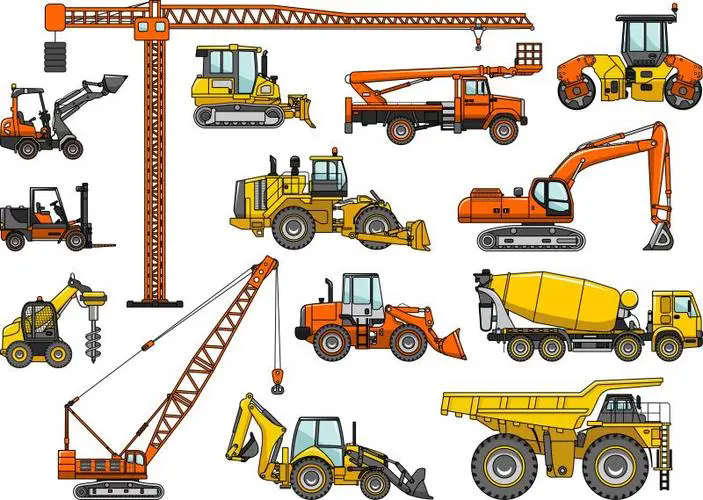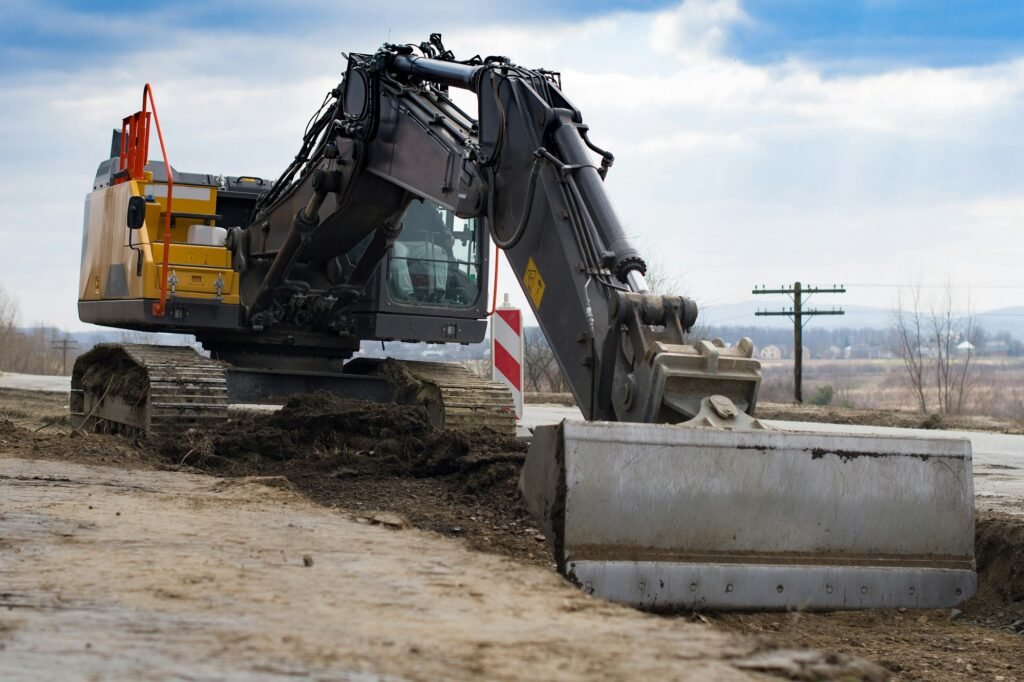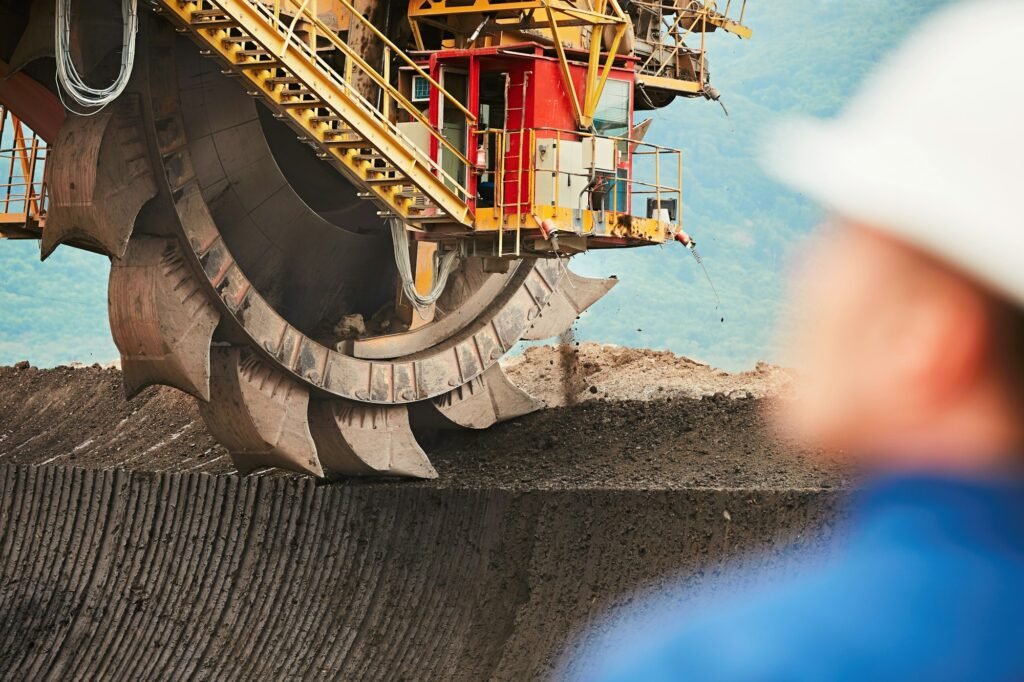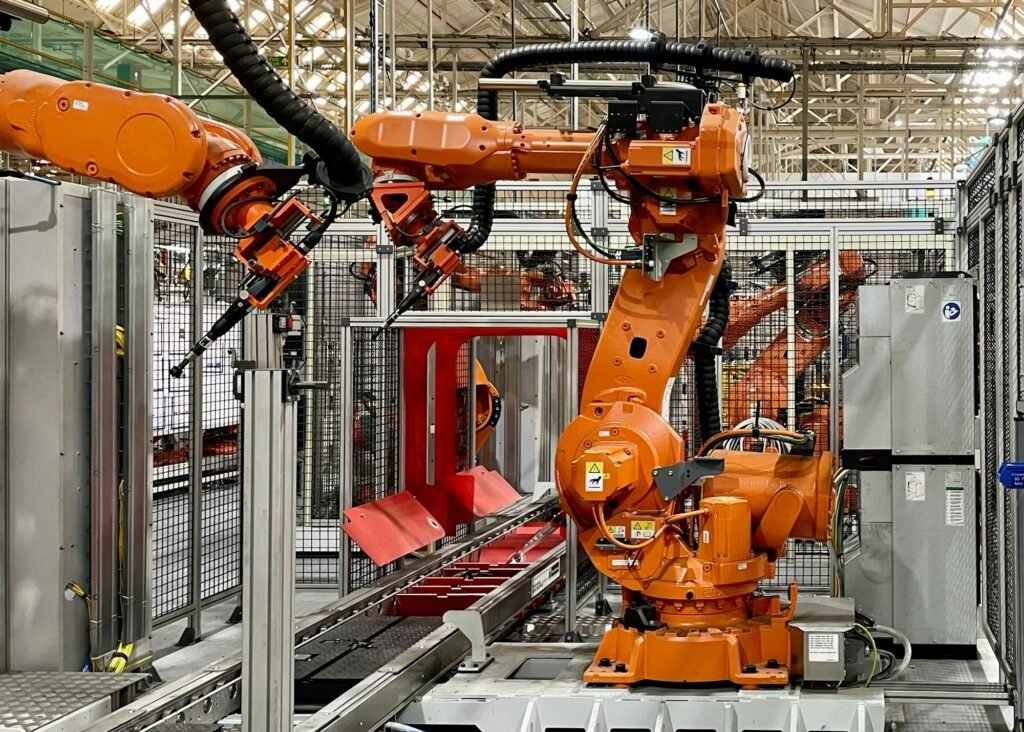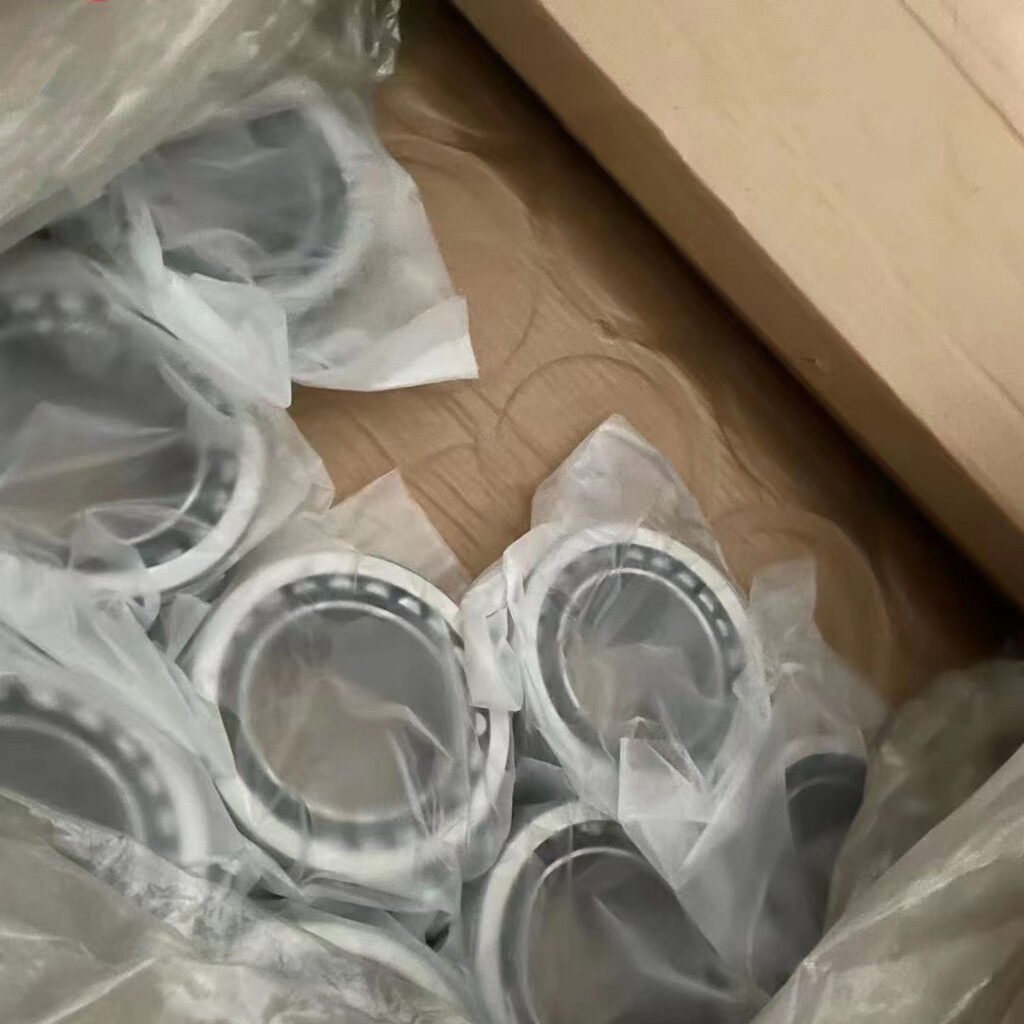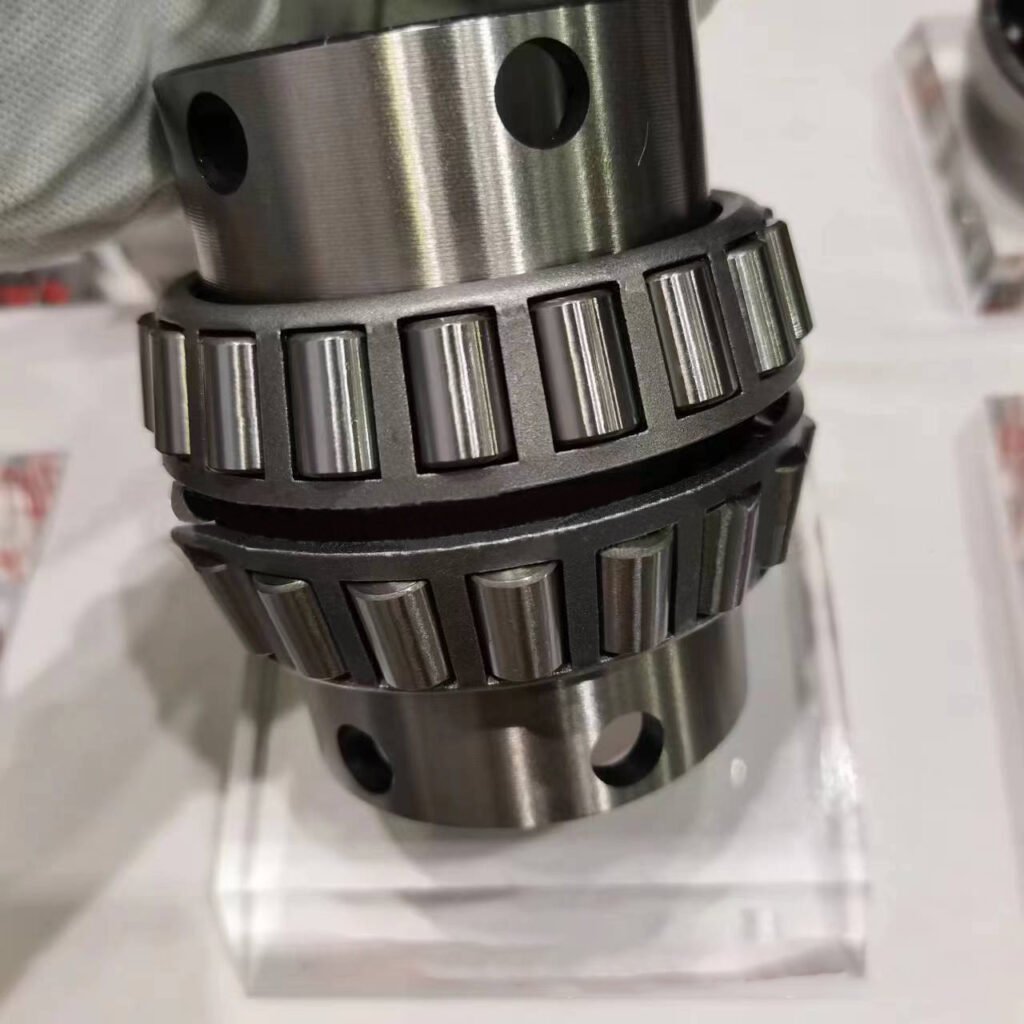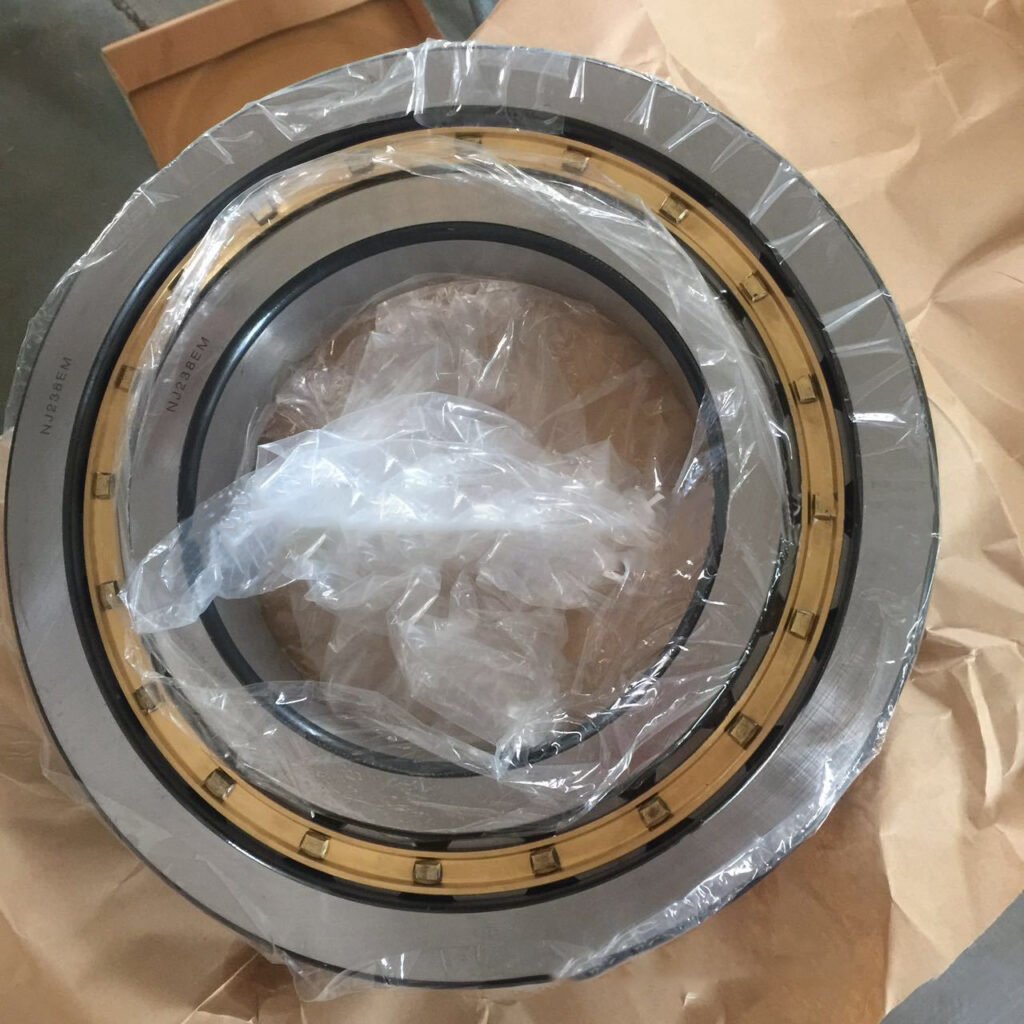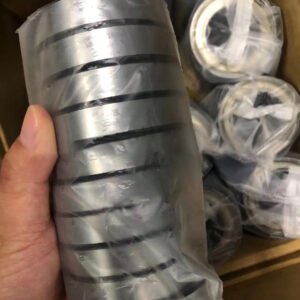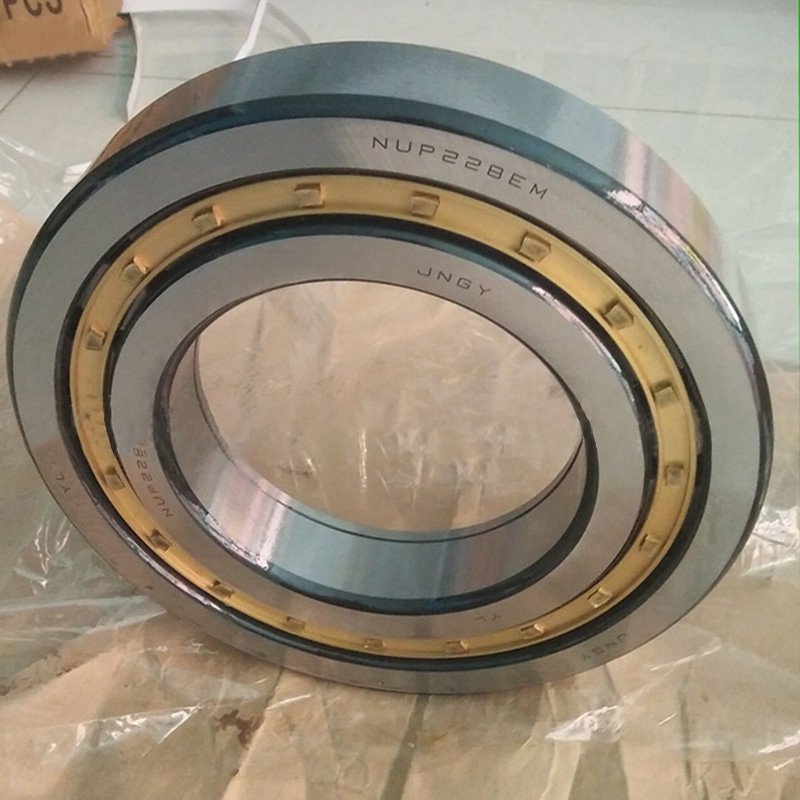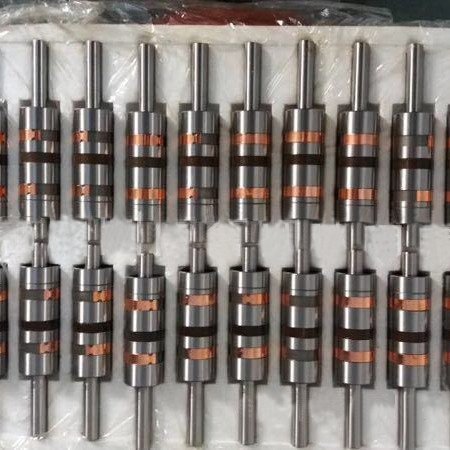Angular contact bearings and deep groove ball bearings are all symbolic roller bearings, so what are the differences between angular contact bearings and deep groove ball bearings? The author of this article, Maxwell, as a brand bearing technical engineer, will make an in-depth analysis of the differences between the two kinds of bearings, please read below.
First, the type and load orientation are different
1. deep groove ball bearing
Deep groove ball bearings are a more common type of roller bearings. The key bear radial load, but also bear radial load and axial load. When it bears only radial load, the contact Angle is zero. When the deep groove ball bearing has a large radial backlash, it has the characteristics of angular contact rolling bearing and can carry a large axial load, the friction resistance of the deep groove ball bearing is not large, and the limit speed ratio is also high.

2. angular contact bearing
There is a contact Angle between the throwing ring and the ball, and the standard contact Angle is 15/25 and 40 degrees, and the larger the contact Angle is. The larger the axial load working capacity, the list of rolling bearings can bear radial load and unilateral axial load, DB composition, DF composition and aligning bearing angular contact ball bearings can bear radial load and double axial load, DT composition is suitable for unilateral axial load is large, the stable load of a single rolling bearing is not enough, quickly use ACH type rolling bearings. Ball diameter is small, ball number is large, most used for lathe spindle. In general, angular contact ball bearings are suitable for fast, high-precision rotation.
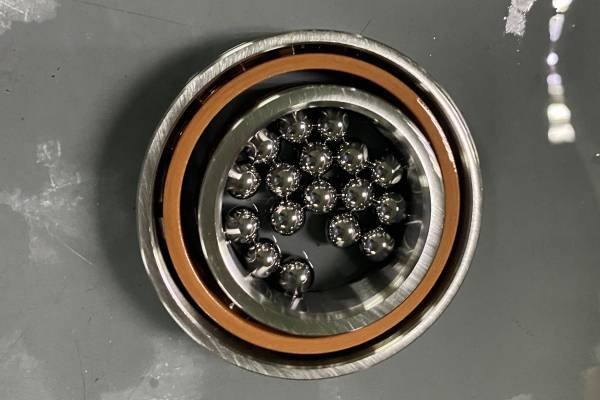
Second, the design structure is different
1. Double shoulder on both sides of the outer section of the deep groove ball bearing, while the angular contact bearing is widely single shoulder;
2. The refractive index of the outer section of the deep groove ball bearing is not the same as that of the angular contact ball, and the latter one usually exceeds the former one;
3. The external section of the deep groove ball bearing is different from the external section of the angular contact ball bearing. The actual standard value of the other parts is considered in the design scheme of the angular contact ball bearing and is related to the degree of the contact Angle;
Third, Different application fields
1. The main uses of the two are not the same, deep groove ball bearings are suitable for bearing radial force, small axial force, axial radial collaborative load and torque load, while angular contact bearings can bear a single radial load, a large axial load (with the contact Angle is different), double matching (with the matching method is different and different) can bear double axial load and torque load.
2. The limit speed ratio of deep groove ball bearings and angular contact bearings is not the same, under the same specification conditions, the limit speed ratio of angular contact ball bearings is higher than that of deep groove ball bearings.
Four, the installation requirements are different
1. Angular Contact Bearings : Often require more precise installation to ensure proper load distribution, especially when used in pairs.
2. Deep Groove Ball Bearings : Easier to install and maintain, making them a popular choice for less demanding applications.
Conclusion
Angular Contact Bearings are best for applications requiring both radial and significant axial load support, particularly where precise alignment and load management are crucial.
Deep Groove Ball Bearings are versatile, easier to install, and better suited for high-speed applications where the primary concern is radial load.
Both types of bearings have advantages, depending on the application requirements.

